by Jeremy Green
Of all the celebrated generals commanding corps in the Grande Armée, none was more highly esteemed by Napoleon for his friendship, generalship, and personal bravery than Marshal Jean Lannes. In the midst of his lonely sleigh ride across Europe in December 1812, following the debacle in Russia, the French Emperor revealed to his solitary companion, General Armand Coulaincourt, “No man has ever been or still is more attached to me than Lannes is at heart. More than once he has given me proof of this by exposing himself in perilous circumstances.… He has made a rampart of his body in my defense.”
Jean Lannes was born on April 10, 1769, in Lectoure, a small village in Gascony. He was indentured as an apprentice dyer, but the energetic lad could not resist the call of the French Revolution for the defense of La Patrie. He ran away, enlisted in the army, and was soon serving on the Pyrenees frontier. According to Baron Jean Baptiste de Marbot, Lannes’s future aide-de-camp: “Lannes was of middle height, but very well built; his countenance pleasant and expressive; his eyes small, but indicating a keen wit; his disposition very kind, but passionate…; his ambition boundless, his activity extraordinary, and his courage undaunted.”
The Stubborn General
Lannes always threw himself into action. His reckless daring and heroic courage as well as his stubborn refusal to give ground in the face of a numerically superior enemy won him the respect of his comrades and the recognition of his officers. From a sous-lieutenant of Grenadiers, he was promoted three times in 1793, to lieutenant, captain, and chef de brigade (brigade major). Soon he began to study incessantly, and even after becoming a marshal he continued to pass the nights in his studies, eventually becoming a fairly educated man. After the First Battle of Loano, in which Lannes further displayed his intrepidity and brilliance, General Pierre Augereau made him a colonel. He recovered from wounds received in the battle at the home of a rich banker, Monsieur Méric, whose daughter he soon married.
In 1795, Lannes accompanied Augereau’s division to Italy where he commanded the 4th Demi-brigade of the line. Not long after, General Napoleon Bonaparte arrived to take command of the entire army.
The Fight at Lodi’s Adda River
After the successive victories of Montenotte, Milesimo, and Dego, Napoleon decided to push on to Milan. To get there, he was forced to cross the Adda River at Lodi. On the other side of the bridge were 12,000 Austrian infantry and 4,000 cavalry with a battery of 30 cannon. Forming a column of 7,000 picked men and placing himself at their head, Napoleon and his soldiers rushed onto the bridge. The Austrians unleashed cannonballs and grapeshot, and the bullets of the infantry swept the narrow span. The French began to fall back, leaving behind a thousand casualties. In the next instant, with the support of the tiralleurs (light infantry) fording the river beneath the arches, the soldiers shouted “Vive La Republique!” and rushed forward.
Lannes was the first man across the bridge, followed closely by Napoleon. Mounted on his magnificent charger, Lannes galloped up to the Austrians and snatched a standard; as he was about to seize another, his horse sank under him. In a moment the swords of a half-dozen Austrian cuirassiers clashed about him. He dismounted from his dying steed, leaped onto the horse of an Austrian officer, slew him with a single stroke, and charged the cuirassiers to fight his way back to his men. Napoleon never forgot Lannes’s bravery on that occasion.
A few months later, he exhibited the same fearlessness and courage at the bridge of Arcola. During this bloody struggle, Lannes never left Napoleon, but advanced with him, charging by his side and shielding his commander with his body from the bullets flying around them. Lannes, who before the battle was suffering from one wound and received three more during it, would not stay out of the fray.
Afterward, Napoleon sent Lannes a captured flag and the following message: “At Arcola, there was a moment when the fortune of the day was so uncertain that nothing but utmost bravery on the part of the leaders could have saved the situation. Thereupon, bleeding from three terrible wounds, you left the field hospital, resolved to conquer or die. You were the first to cross the Adda. Yours must be the honor of owning and guarding this glorious flag.”
Although he was Napoleon’s fiercest warrior in battle, Lannes could also on occasion display his Gascon impertinence. After the fall of Mantua in February 1797, Lannes was dispatched to the Pope to secure armistice terms. Riding alone before his escort of a dozen troopers, he suddenly came upon a squadron of 300 papal horsemen.
“Draw swords!” shouted the papal officer.
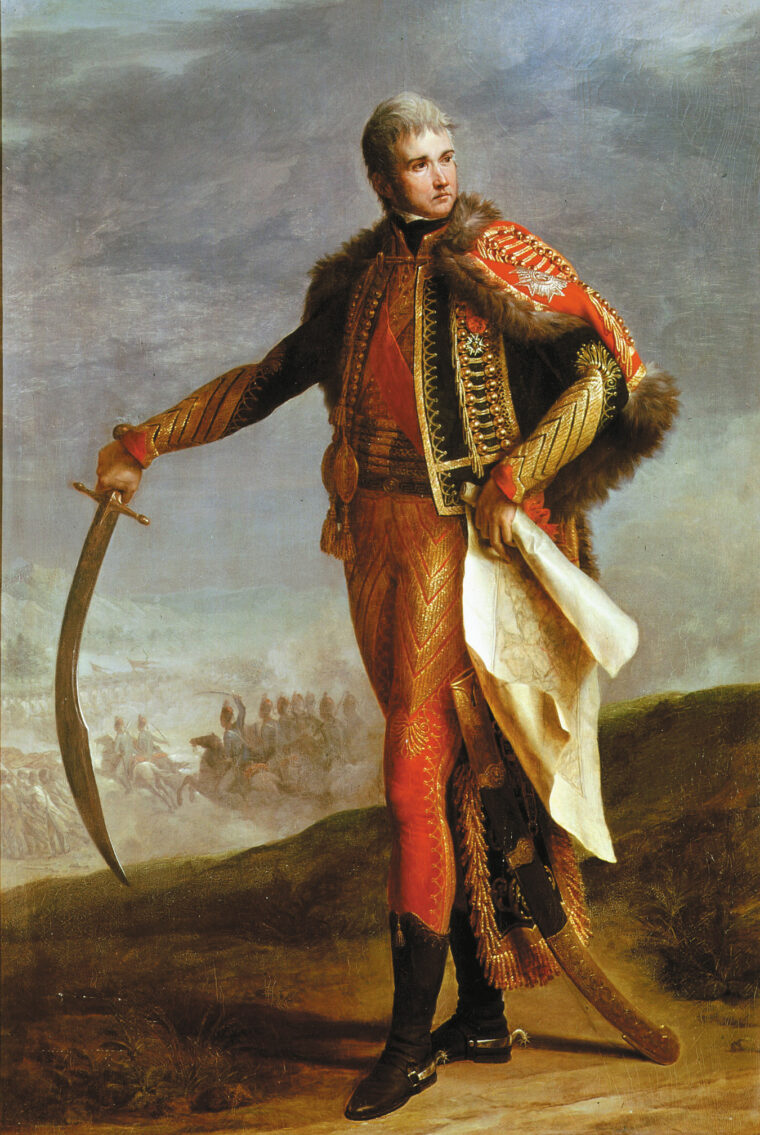
“How dare you draw swords!” cried Lannes instantly. “Sheath them at once!”
“Very good, sir,” replied the crestfallen officer. Noting the man’s obedience, Lannes continued.
“Dismount!” was his next venture.
“Very good, sir,” and the squadron dismounted.
Lannes tried once more. “Lead your horses to my headquarters.”
“Very good, sir,” and off they went.
Lannes said afterward, “If I’d bolted, some clumsy fool would have had a shot at me, and I thought it would be less risky to try a bit of cheek.”
Egypt, Alexandria & Rosetta
Lannes was selected to accompany his commander-in-chief to Egypt in 1798 and then fought in all the major engagements of that campaign. He was at the capture of Alexandria, occupied Rosetta, and played a large part in suppressing the revolt in Cairo on October 21, 1798. Wherever there was war work to be done, none spurred more furiously into battle than Lannes.
The impetuosity of his character demanded constant action. When facing unassailable foes such as thirst, hunger, plague, or burning sun, he would grow irritable and, at times, insubordinate. On one occasion Lannes was so impatient that he joined his fellow Gascon, the dashing Joachim Murat, and the cool Jean-Baptiste Bessières in denouncing Napoleon and his desert campaign against the Mamelukes. In addition, Lannes had been offended when Napoleon severely reprimanded the three future marshals for acting as seconds to General Jean-Andoche Junot in a duel on the banks of the Nile.
Yet, when given the opportunity, Lannes distinguished himself in battle. At Acre, a bullet pierced his neck and those nearby thought him dead. A captain of Grenadiers dragged him back to the French earthworks. For his outstanding courage at Acre, Napoleon appointed him General of Division, but for the remainder of his life, Lannes bore his head slightly to the left shoulder and suffered discomfort in his larynx. It was around this time that Lannes discovered his wife had been unfaithful and divorced her.
During his last battle of the Egyptian campaign, at Aboukir, Lannes displayed such fire and bravery that he and Murat succeeded in destroying the Turkish army. Once again Lannes was hit at point-blank range—this time in the hip—while leading his men through three lines of Turkish infantry. Nevertheless, a few weeks later Lannes, along with Murat, Bessières, Marshals Louis-Alexandre Berthier and Auguste Marmont, was among the select few to accompany Napoleon on his historic return to France.
Back in France, Lannes was highly instrumental in the coup d’êtat of 18 Brumaire (November 10, 1799). While on crutches, he commanded the troops at the Tuileries in support of Napoleon. After becoming First Consul, Napoleon worked hard at administering the country and hoped for peace, but the country’s enemies were pressing.
18,000 Austrians vs. Lannes’ 8,000
Consequently, Lannes crossed the famous Mt. St. Bernard pass five days ahead of his commander-in-chief to attack the Austrians in Italy. Then came the most remarkable action of Lannes’s life: his battle with the Austrians at Montebello. Here all of Lannes’s attributes were on display—iron will, bravery, and strategy. Some said his conduct saved the entire army. When Lannes descended from the Alps, the greater part of the French Army was still in the gorges of the mountains and would have been unable to maneuver onto the plain.
As leader of the French vanguard, Lannes forced the enemy from Montebello. He came upon 18,000 Austrians perfectly positioned. He realized he must either retreat or fight until Marshal Claude Victor, six miles behind, could arrive with reinforcements. With only 8,000 men, Lannes accepted the odds and courageously advanced against the well-entrenched enemy.
The odds were horrible and the battle was tumultuous. At first, the Austrians fell back before the furious French assault and were about to crumble, until a reserve of six fresh regiments arrived. The French, for lack of numbers, were driven back. Lannes led by example, commanding a column in a charge, rallying a shattered division, and fighting hand to hand with the enemy. He roused his men to hold their ground while musket balls whistled by and cannon shot plowed up the ground. Lannes’s coolness under such destructive fire helped steady his men.
Victor finally arrived and the French rallied. Wave after wave of French infantry crashed against the Austrian defense. Smeared with powder, blood, and smoke, Lannes rode from division to division, inspiring courage and daring in his exhausted men. He remained the rock of that battlefield around which the French clung with tenacity. From 11 am until 8 pm, he pressed on with his men. Napoleon arrived just in time to see the battle won.
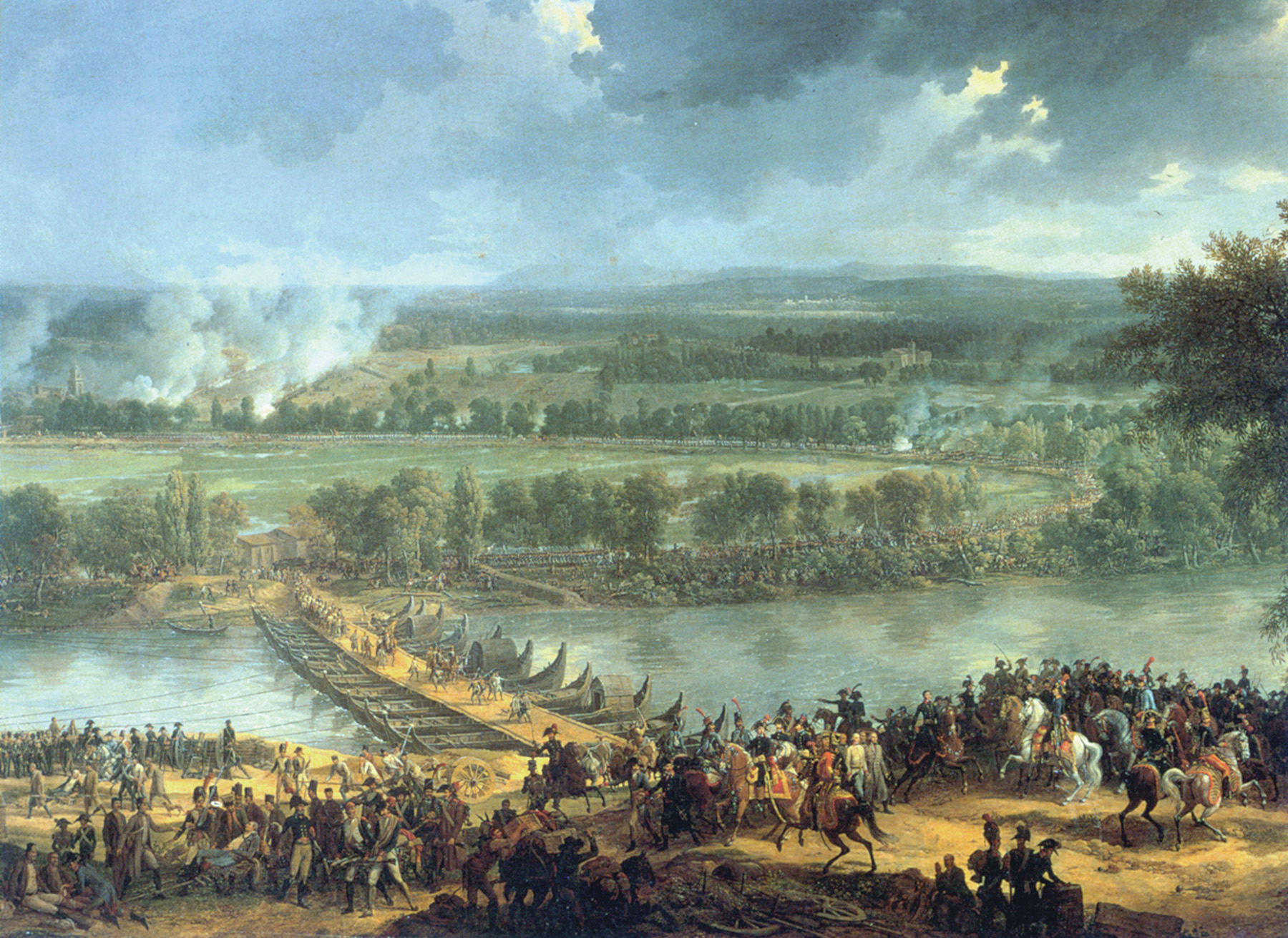
As Napoleon rode over the field of battle with Lannes and saw the heaps of dead everywhere, he said, “Au diable, this has been rather a serious affair.”
“Yes,” replied Lannes, “I could hear the bones crash in my division, like hailstones against the windows.” As a result of his role in the battle, Lannes would later receive the title Duke of Montebello.
Deploying Into the Fields of Italy
The way was now open for the French to deploy onto the fields of Italy and confront the great Austrian army of General Melas. The Battle of Marengo was won by General Joseph-Marie Desaix’s timely arrival and General Francois-Christophe Kellermann’s perfectly executed cavalry charge. However, it was once again Lannes’s stubborn resistance against superior Austrian forces that gave Desaix time to reach the battlefield and snatch a victory from what was almost a French defeat. Lannes’s ability to withstand the constant pressure of terrible odds won him a “sabre of honor” and his nickname, “Roland of the French Army.”
As First Consul, Napoleon formed the Consular Guard, which would later become the famous Imperial Guard. The infantry of the Guard was entrusted to Lannes. Although one of the France’s most brilliant soldiers, Lannes had no experience in administration. Rather than maintain the established budget for the purchasing of cloth, linen, and other supplies for the Guard, Lannes felt nothing was too good for his men. Consequently, the officials of the clothing department indulged in profiteering by designing luxurious uniforms that cost more than what was allotted. Napoleon was determined to bring France’s finances in order and no one was to exceed his budget. Although fond of Lannes and convinced that not one centime had gone into his pocket, Napoleon declared him responsible for the overruns and allowed him only eight days to repay the regimental chest under penalty of court martial.
This severe decision produced its desired effect, putting a stop to the waste occurring in regimental expenditure, but Lannes found it impossible to pay. Augereau, however, discovering his friend’s awkward position, immediately ordered his secretary to pay the overrun in General Lannes’s name. Napoleon was grateful to Augereau and gave Lannes the lucrative ambassadorship to Lisbon so that he could discharge his debt.
The Battle of Austerlitz
During this time Lannes competed with Murat for the hand of Napoleon’s sister Caroline. Lannes never forgave Bessières for revealing his financial excesses to Napoleon, especially since the scandal cost him the hand of Caroline Bonaparte, who consequently married Murat. Lannes’s antipathy toward Bessières would resurface many years later.
While ambassador to Lisbon, Lannes married Mme. Guéhéneuc. His mission to Portugal was unsuccessful because he failed to establish the rights of French merchant vessels in the Tagus. On May 19, 1804, upon his return to France, Lannes was one of the first to be named a marshal of the Empire. He received the Grand Cross of Portugal in 1805 and the Grand Eagle of the Legion of Honor in 1806, and was made commander of the Couronne de Fer.
Commanding the Fifth Corps, Lannes marched on Austria in 1805 and took part in the capture of Ulm. Next came his famous escapade of bluff and daring with Murat. The two marshals succeeded in capturing the Vienna Bridge without casualties by personally confronting the amazed Austrians and bravely convincing them there was an armistice. It was a magnificent ruse that paved the way for the great Battle of Austerlitz on December 2, 1805, where Lannes commanded the French left wing on Santon Hill. He withstood General Peter Bagration’s repeated attacks, allowing Napoleon to move Marshal Nicolas Jean-de-Dieu Soult’s corps over the Pratzen Heights and envelope General Friedrich Buxhowden’s army.
On October 10, 1806, Lannes defeated Prince Louis Ferdinand of Prussia at Saalfeld. At Jena, he was first on the scene and played a vital role in the command of the French center. During the ensuing battle, his massive intervention rescued the impetuous Marshal Michel Ney from disaster. Lannes was slightly wounded at Pultusk on December 26, 1806, and almost succumbed to a serious fever. He assisted Marshal Francois Lefebvre at the siege of Danzig in May 1807, fought at Heilsberg, and with great persistence, commanded the center at the battle of Friedland on June 14, 1807. Despite these accomplishments, he was again bested by Murat and Bessières, who were selected over Lannes to accompany the Emperor on his historic meeting with Czar Alexander I on the raft at Tilsit.
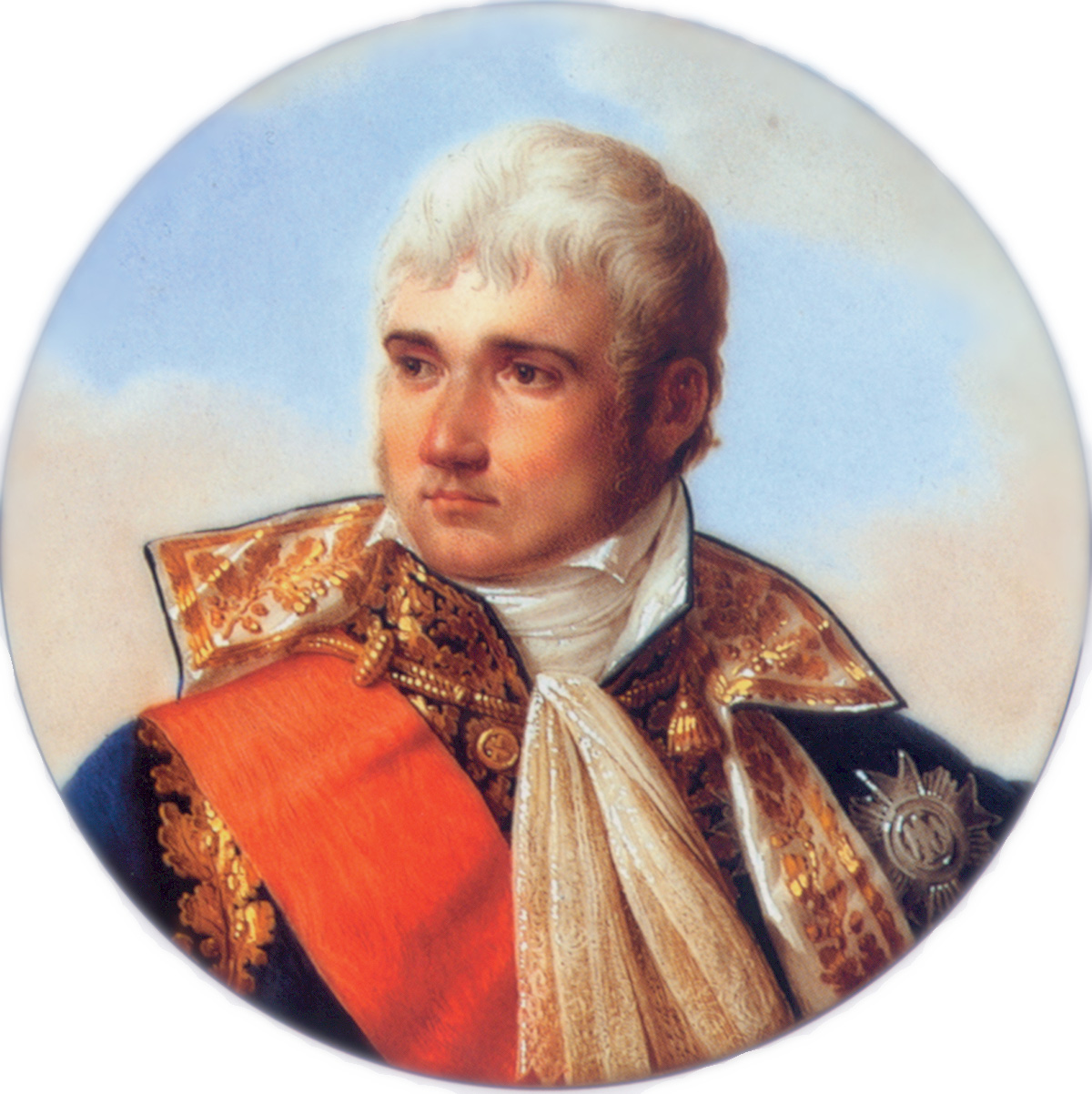 Charging the Ramparts at Ratisbon
Charging the Ramparts at Ratisbon
As Napoleon prepared to conquer Spain, Lannes suffered a severe injury when his horse stumbled and fell on him at Vittoria. He survived by being sewn up in a newly flayed sheepskin and, incredibly, was heading his corps to victory at Tudela within a few days. On January 22, 1809, he arrived to direct the siege of Saragossa. Both Marshal Bon-Adrien-Jeannot Moncey and General Junot had failed to capture the Spanish town, but Lannes, with great determination, took Saragossa house by house. Lannes, however, was thoroughly disgusted by the carnage and wrote to his wife, “I would sooner have ten battles a day than this war against houses. I am so tired that I can hardly keep awake as I write.” When Saragossa was won, Napoleon, in great need of his best fighting marshal, summoned Lannes for the coming Austrian campaign.
At the storming of Ratisbon, Lannes won great notoriety for his actions. The Austrians’ fire was devastating as they struck down one French column after another. Resolute, Lannes ordered a third assault, which the soldiers obeyed reluctantly. Instantly, Lannes exclaimed, “Well, I will let you see that I was a genadier before I was a Marshal, and still am one.” Seizing a ladder, he carried it toward the breach. His aides tried to stop him, but he was defiant. At last, Lannes’s aide-de-camp, Marbot, cried, “Monsieur le Maréchal, you would not wish us to be disgraced, and that we should be if you were to receive the slightest wound in carrying that ladder to the ramparts as long as one of your aides-de-camp was left alive.”
Marbot and another officer dragged the ladder away from their protesting leader. The sight of a marshal arguing with his aides over leading the assault had achieved the desired effect; the whole division was roused to action. Armed with ladders, they charged the ramparts, with Marbot the first one over the wall. Lannes soon rushed the gate with infantry, storming through the Austrian defenders.
With Ratisbon taken, Napoleon moved toward Vienna and an engagement with the Archduke Charles’s army at Aspern-Essling. During the battle, Marshal Bessières found himself in the uncomfortable position of serving under Marshal Lannes, who now found an opportunity to avenge himself of Bessières’s interference in his overspending of regimental money. The temperamental Lannes was determined to embarrass Bessières by ordering him to charge home (i.e., directly into the enemy), thereby implying that Bessières was cowardly during the battle. Later that evening, when the two marshals came upon each other, angry words were exchanged and swords were drawn. Only Marshal Massèna’s timely intervention prevented bloodshed.
France’s Day of Destruction & Disaster
The following day, May 22, 1809, the Battle of Aspern-Essling began its second day of destruction and near disaster for the French, who found themselves with their backs to a river, fighting a well-entrenched enemy in front. Lannes led his men over the bridges from Lobau Island into the town of Essling. With his customary courage and resolution he forced the enemy from the town, but the remaining French positions, suffering from a lack of reinforcements, began to fall back. Lannes, although master of Essling, was ordered to retreat back to Lobau.
Lannes sat down and covered his face in mourning for his friend, Maj. Gen. Pouzet, who had been killed walking by his side a short time earlier. Suddenly, a three-pounder shot hit where his legs were crossed, smashing the kneecap of one leg and tearing away the back sinews of the other. Marbot rushed to Lannes’ aid as he tried in vain to stand. Dr. Larrey, Napoleon’s personal surgeon, immediately amputated one of the legs. Lannes bore the operation with great courage. When Napoleon arrived he kneeled beside the stretcher and wept as he embraced the marshal, whose blood soon stained the Emperor’s clothes. “You will live my friend, you will live,” Napoleon cried. The marshal pressed his hand and stoically replied, “I trust I may, if I can still be of use to France and to your Majesty.”
Despite his own terrible suffering, Lannes requested information about his troops and asked that the wounded receive the best medical care. Lobau Island, however, lacked everything, even water. Marbot used a linen shirt to filter the muddy water of the Danube to give the gravely wounded marshal a drink. During the next four days Lannes seemed to improve and even requested that Marbot contact Mesler, the famous Viennese craftsman who had provided General Count Palfy, with an artificial leg that allowed the Austrian to walk and ride.
The oppressive heat and lack of clean water proved disastrous for the stricken Lannes. He argued vociferously with his physicians as fever and delirium set in. Then on May 31, the fever subsided and Lannes recovered his thoughts. After speaking of his wife and children he closed his eyes and died.
“The Most Distinguished General of My Armies”
Napoleon arrived soon after and for an hour embraced the marshal’s body, crying repeatedly, “What a loss for France and for me!” The French demigod of war, who for years was his Emperor’s invincible warrior, was indeed mortal; the hero of so many combats, who had never been defeated, had fought his last battle. The grief-stricken Emperor wrote to the Duchess of Montebello: “The Marshal died this morning of wounds that he received on the field of honor. My pain equals yours. I lose the most distinguished General of my armies, my companion in arms for sixteen years, him whom I considered my best friend.”
Perhaps General Savary said it best when he wrote: “In Marshal Lannes we lost one of the most gallant men our armies could at any time boast of. His life was too short for his friends; but his career of honor and glory was without parallel.”
The body of Jean Lannes was taken back to his beloved France, for which he had given his last great measure of devotion. He is buried in the Pantheon in Paris.
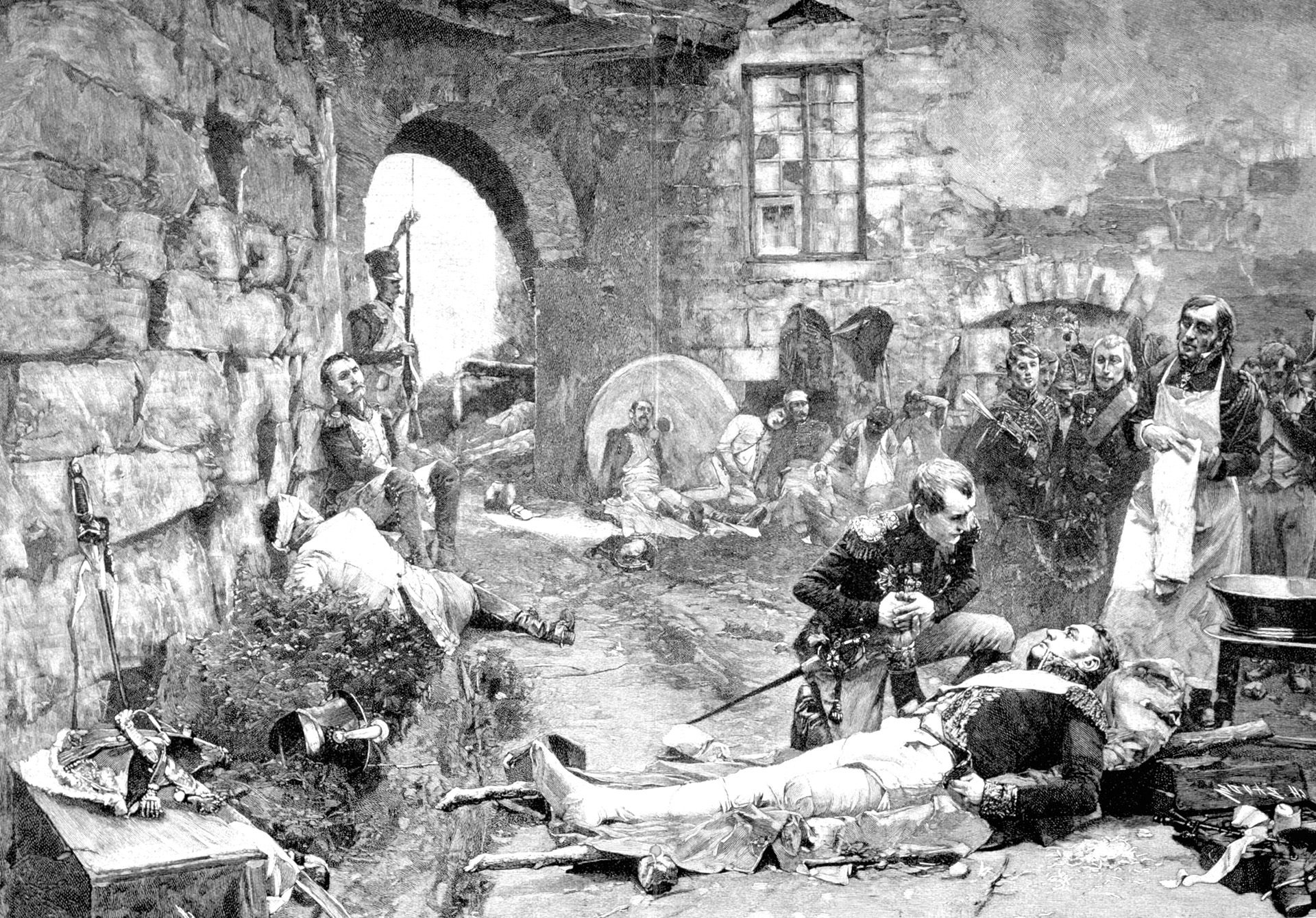
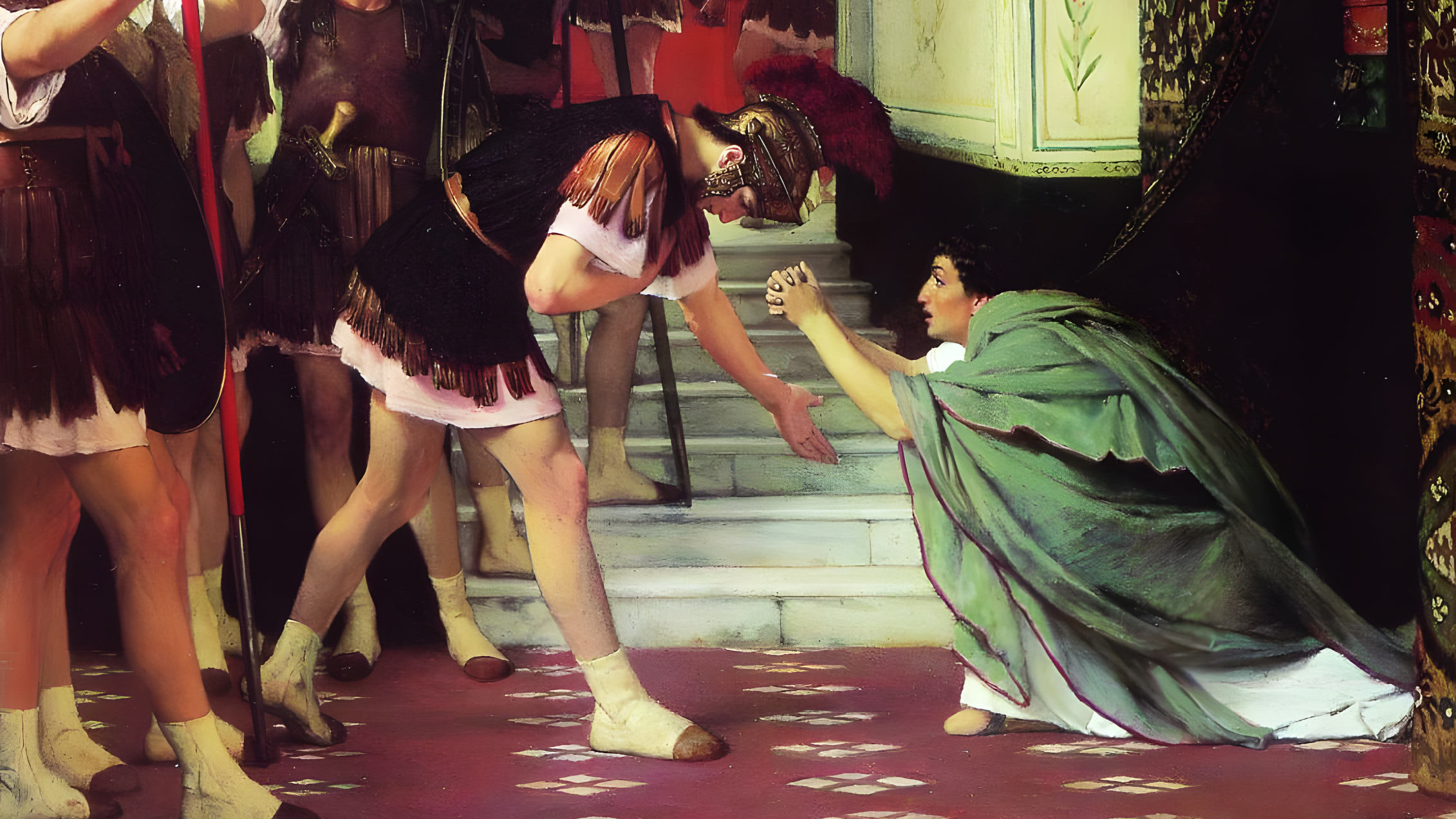
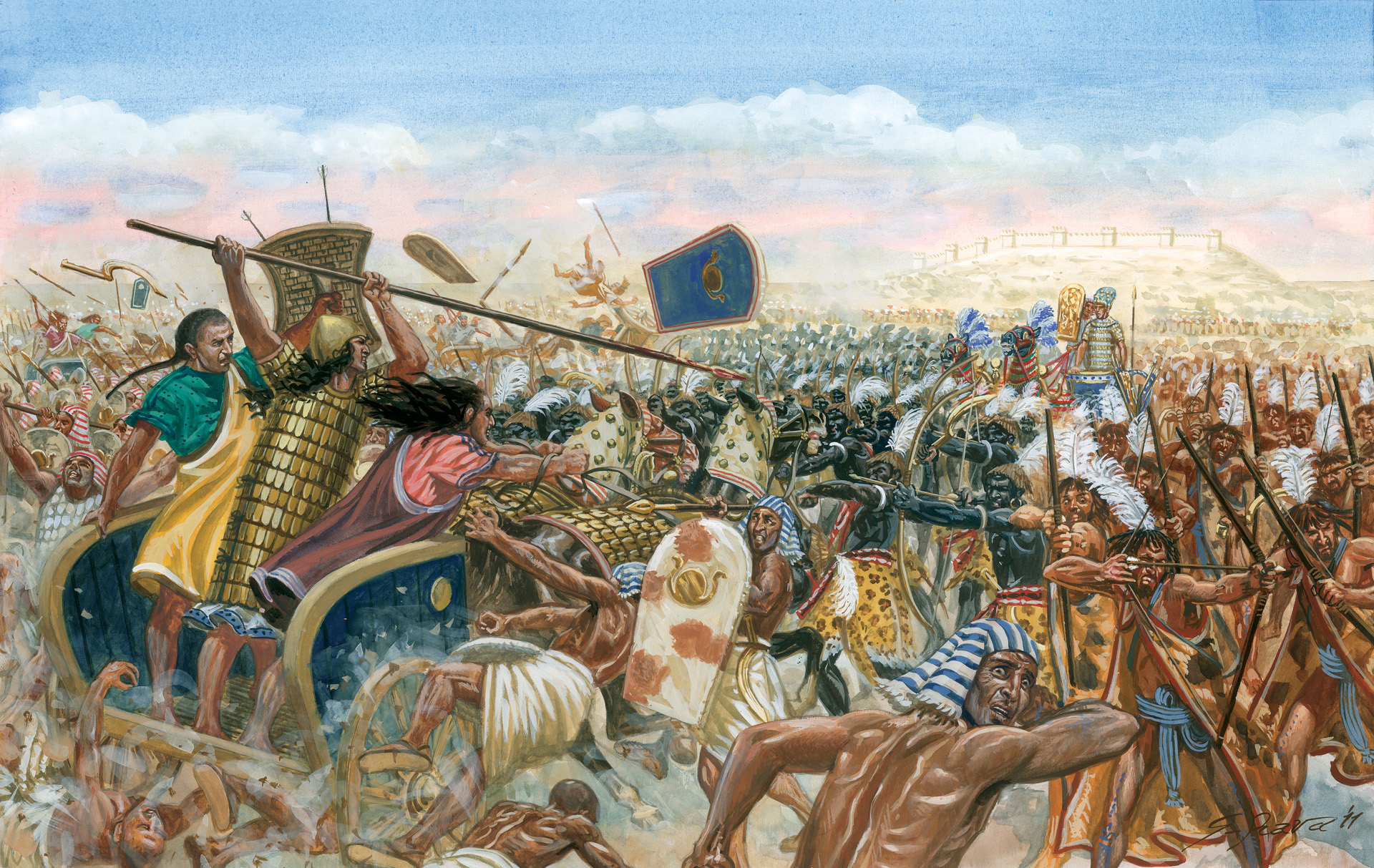
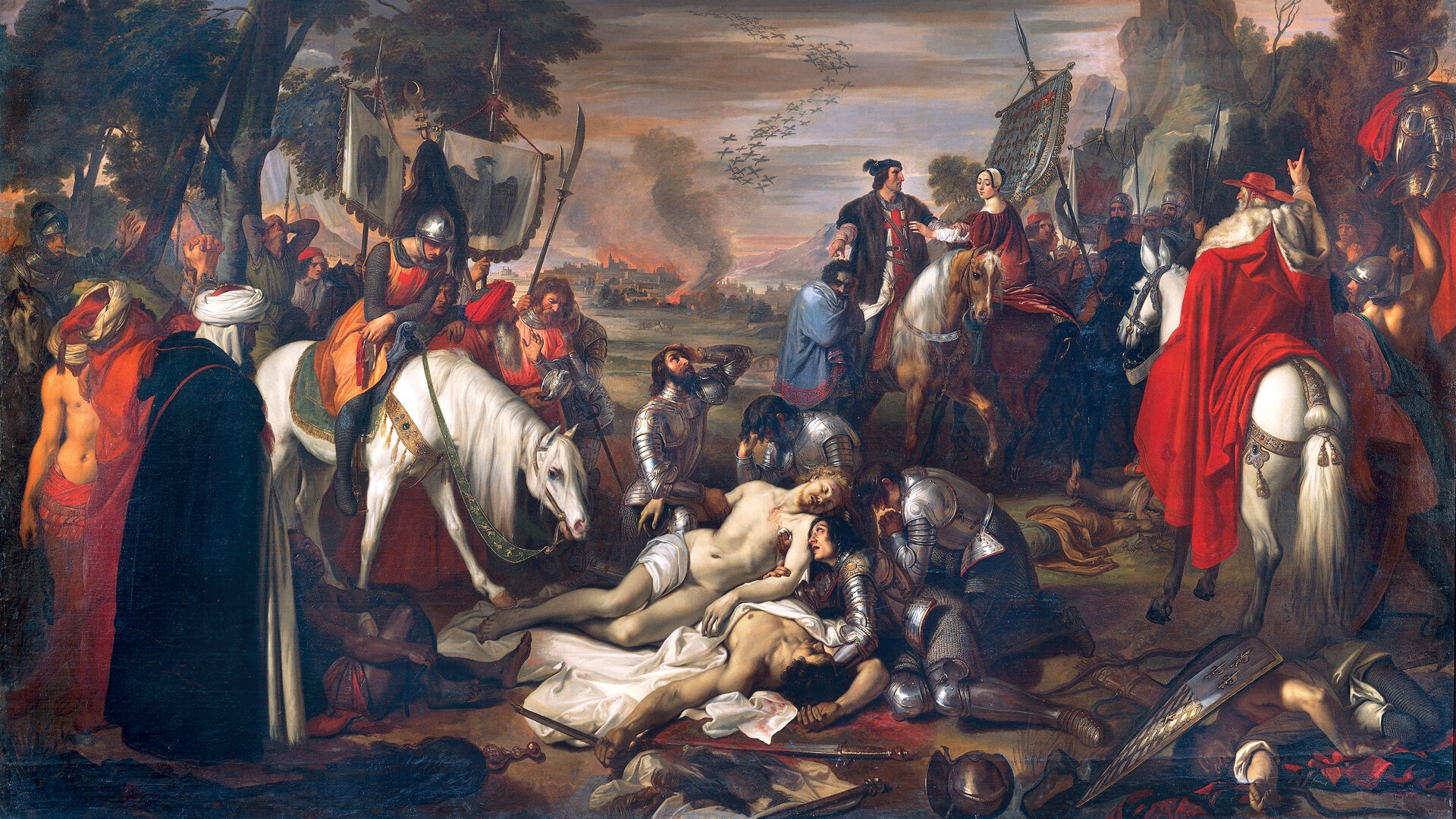
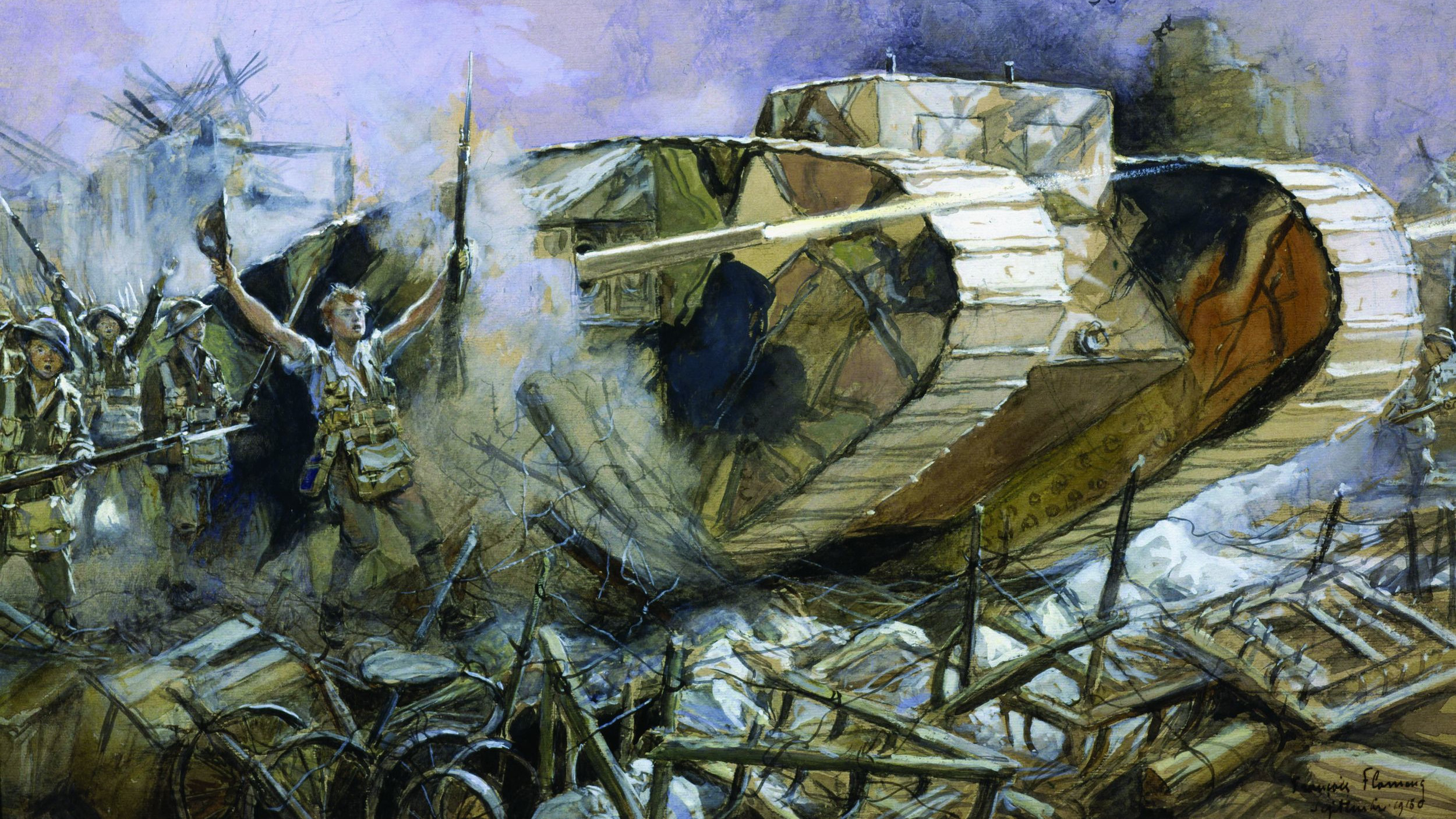
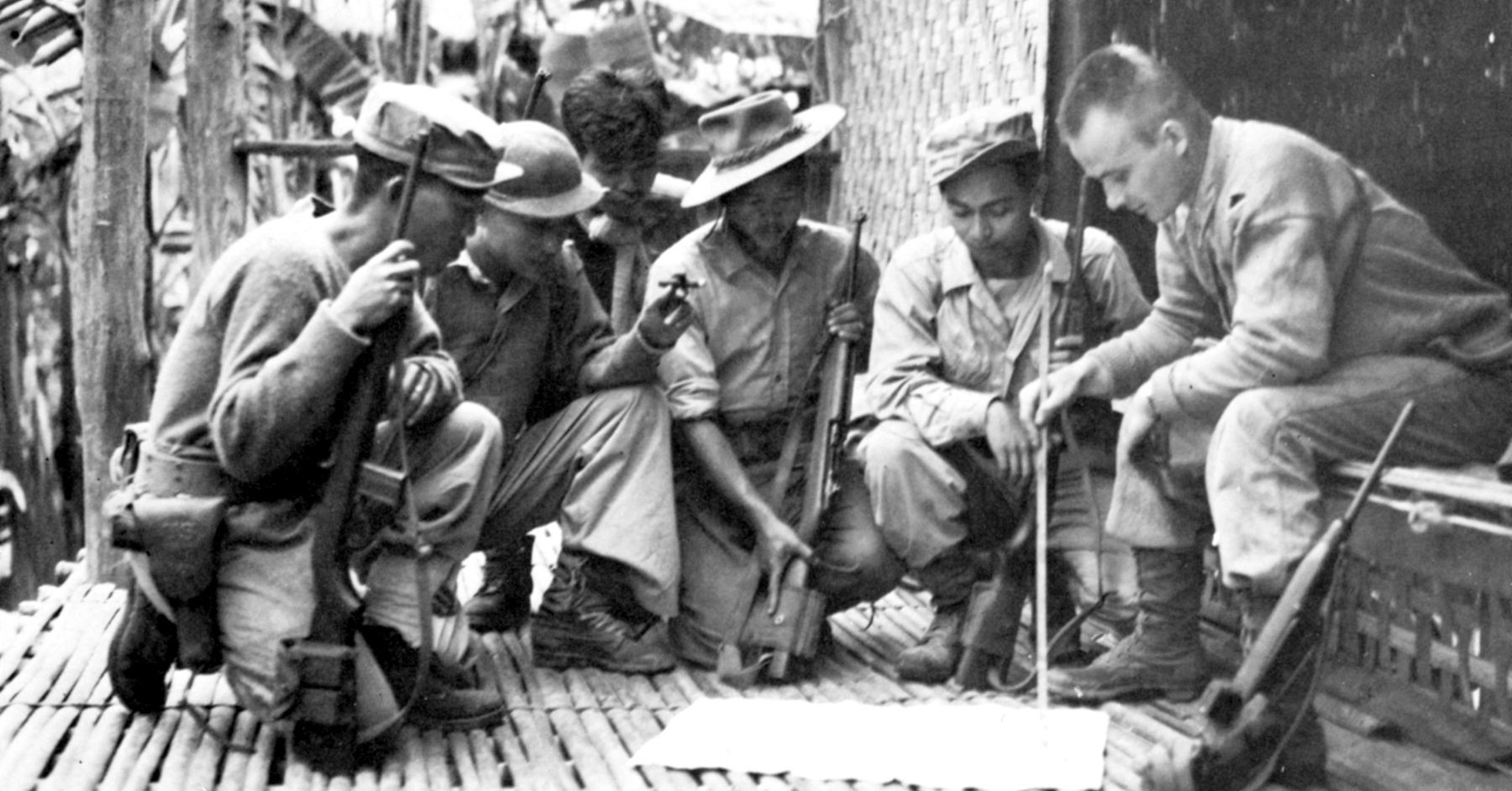
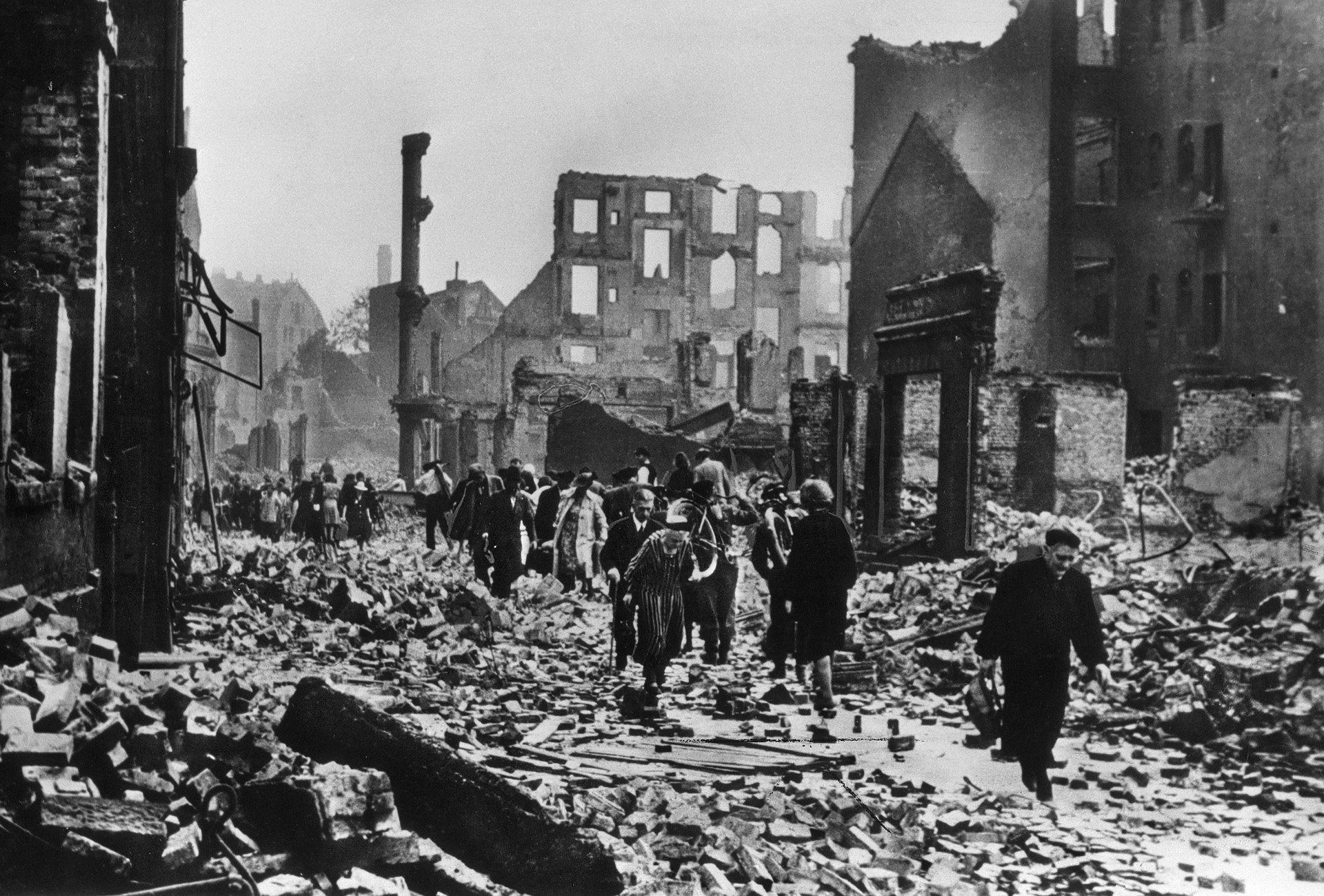
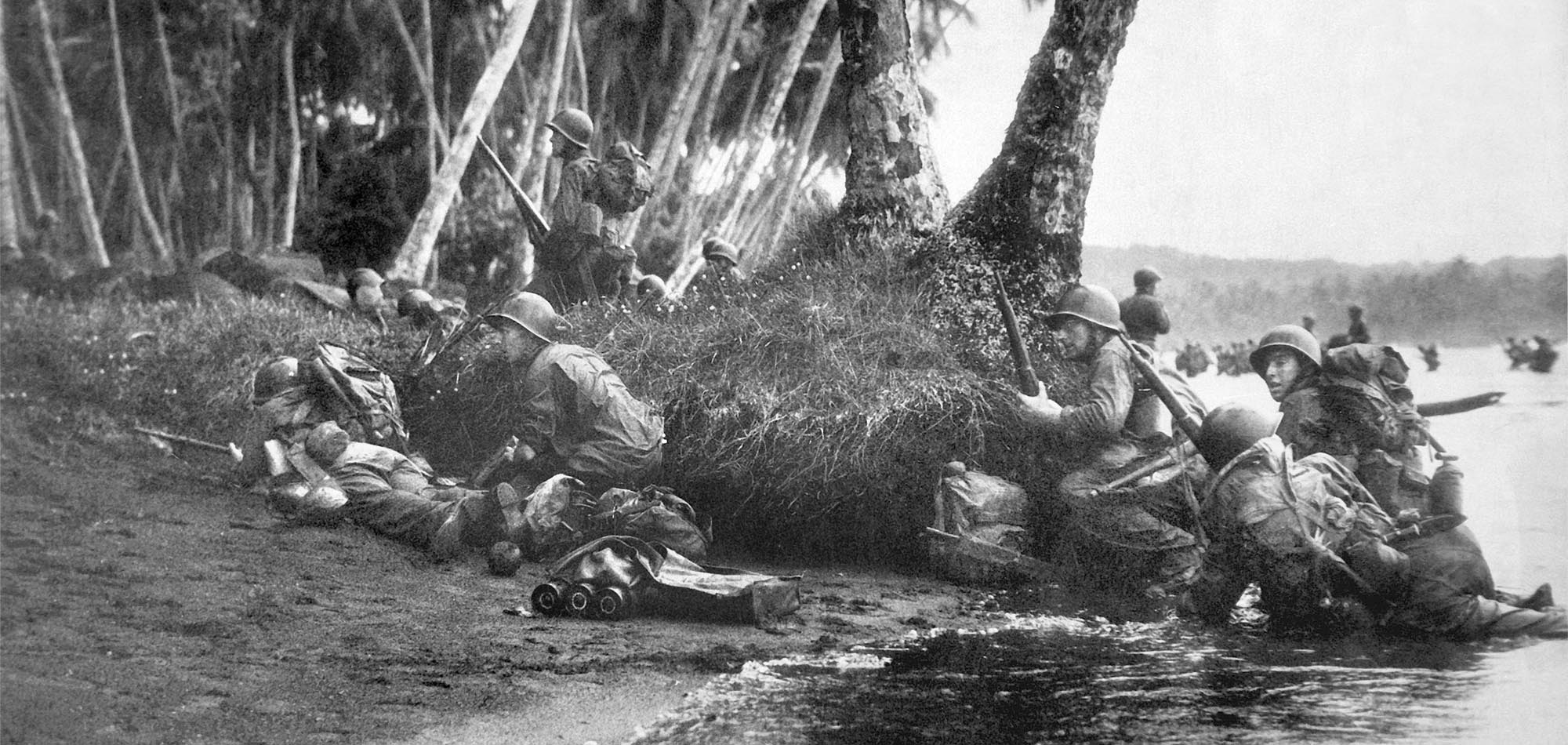
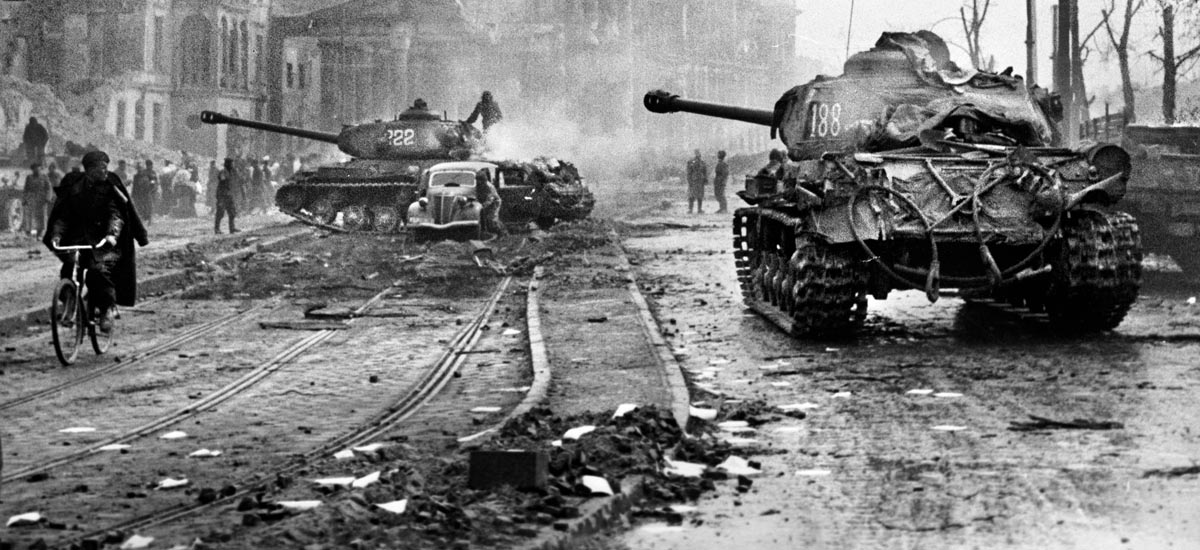
Join The Conversation
Comments
View All Comments